Greg Taylor 2024 Salmon Fishery Recap: Part One
Reflecting on the 2024 Salmon Season
Written by Greg Taylor, Fisheries Advisor
It is that time of year again when I get to take my fellow salmon people on a journey through the season that was. As many of you have read, or hopefully experienced, this year’s salmon abundance and catches showed improvement over the last few years. There is a lot to unpack this season, so I am going to provide my recap in two parts. The first part will provide some background on how 2024’s improvement tracks with historical catches, who is catching what and where, and will consider some important issues that arose this season. The second part will discuss what happened area by area, as what is happening with local runs is informative and provides a better perspective of general trends and future management challenges. We must look deeper than a one-year snapshot.
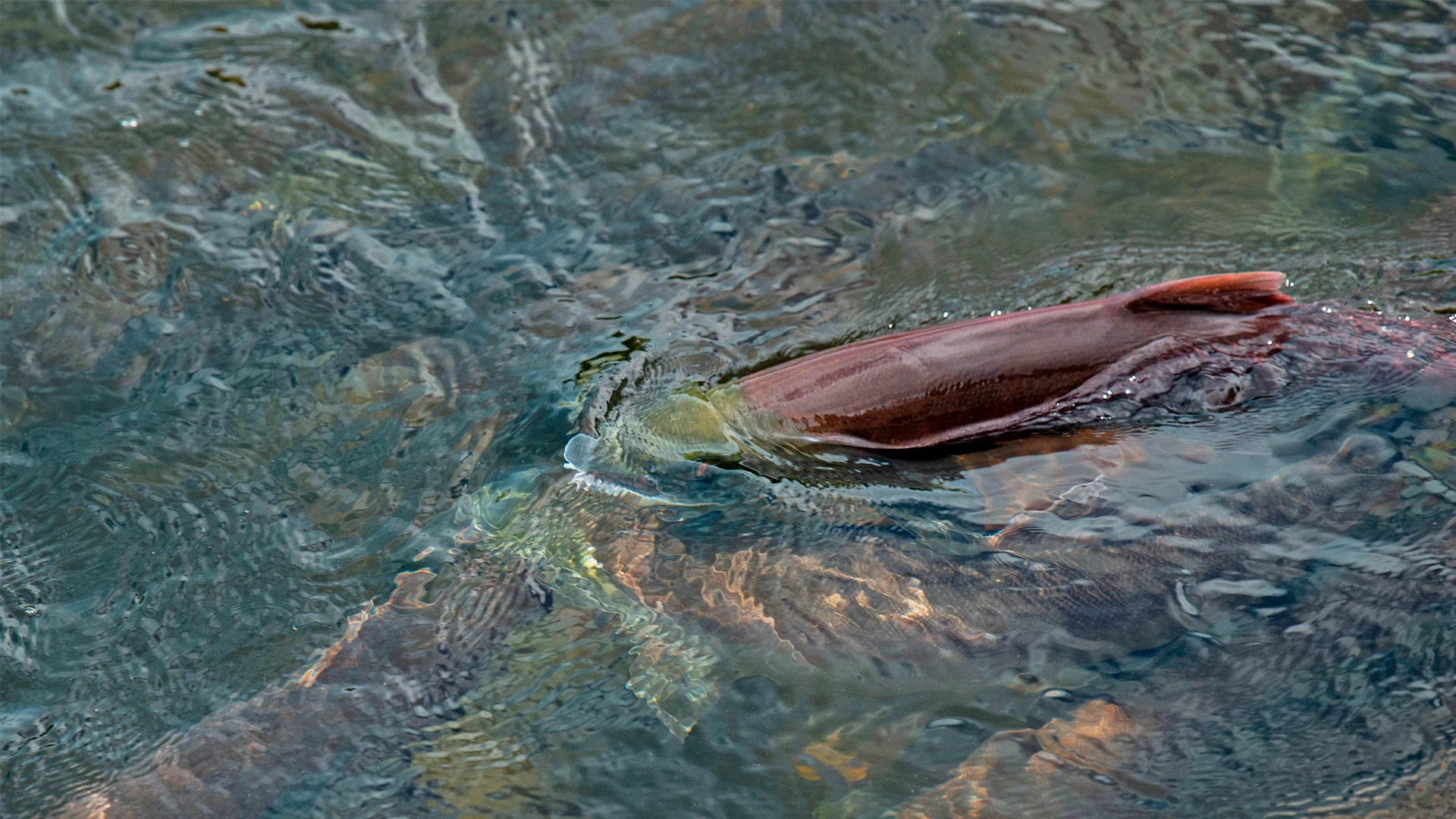
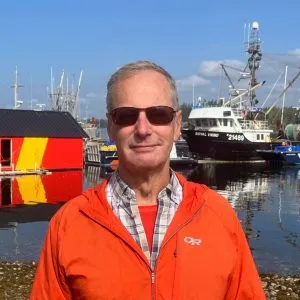
Greg Taylor, SkeenaWild and Watershed Watch’s Fisheries Advisor, has worked in the B.C. seafood industry for over 30 years and has chaired several industry associations and boards. Mr. Taylor is an advocate for sustainable salmon fisheries and works closely with several First Nations on fisheries issues.
Avoiding ‘Snapshot’ Biology: Lessons from the Past
Insights into historical salmon abundance and the importance of understanding long-term trends.
In the ‘old’ days of the 1980s, up to the mid-90s, I could wander into DFO offices and sit down for a chat with DFO scientists and managers. Often, on the scientist’s wall was an iconic (in fisheries circles at least) cartoon of a DFO manager sitting on a chair holding a pointer directed at a paper graph pinned on the wall behind him (remember, this is the 1980s).
The fishery manager is excitedly pointing to an uptick in the graph that depicts the current season’s increased salmon abundance. Unfortunately, the rest of the graph tracks a steep decline in abundance over time.
The cartoon was a warning to fisheries scientists to avoid becoming trapped in ‘snapshot’ biology: focusing on what is happening now, at the expense of overall trends.
When people began asking me what the salmon returns this past season were like, my immediate response was, “in general, good.” But I have begun reflecting, ‘good’ compared to what? Good compared to the last few seasons? Maybe. But compared to when I began in the business, it was a poor year. And compared to pre-contact times it was terrible.
2024 vs. 1984: A Stark Contrast in Salmon Catches
A comparison of salmon harvests across four decades and the implications for today’s fisheries.
Much like 2024, 1984 was also a non-dominant year for Fraser sockeye and an off-cycle year for Fraser pink, but the recreational and commercial catch of B.C. salmon was almost 20 million fish. This year the combined marine commercial and recreational catch is under 5 million salmon, about 24% of the 1984 harvest. 1984 is only 40 years, or 10 salmon cycles, ago.
It can be argued that salmon management is more restrictive in 2024 than it was in 1984. That we no longer have the fleets, fishers, or processing capacity to handle all the fish that were available to catch. It can also be argued that international salmon markets have changed, constraining the demand for B.C. salmon. This is all true, but you can’t catch fish that aren’t there. No one can argue that wild salmon abundances are the same in 2024 as they were in 1984. One only has to look at the table of 1984 catches below and consider well over 2 million Fraser sockeye were caught and still 930,000 escaped into the Fraser. This season, which is the same cycle line, with next to zero catch, the Fraser sockeye escapement was half what it was in 1984, and much less than this successfully spawned.
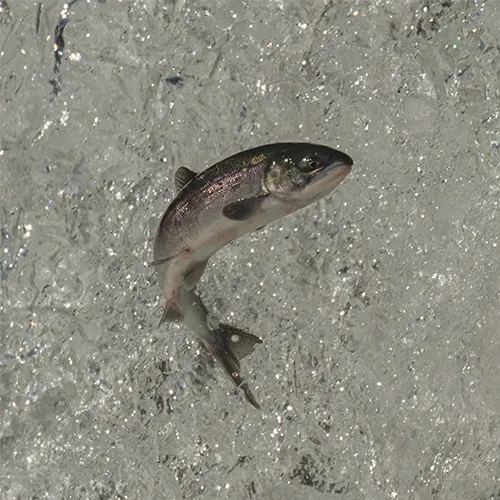
Recreational vs. Commercial Catches: Shifting Dynamics
Examining changes in who catches what and the challenges of verifying recreational fishery data.
It is interesting to note that while the commercial catch in 2024 was a fraction of what it was in 1984, the recreational catch increased slightly. This is because much of the commercial troll catch of chinook and coho has been reallocated to the recreational sector, not because of increased abundance.
I include both kept and released catch in the recreational numbers because estimates of how many released salmon successfully spawn are widely divergent by area, catch composition, compliance, species, and timing. It is best to use the unverified recreational catch data provided by DFO because once you add widely divergent estimates of release mortality onto already unverified catch data, estimates as to the numbers of salmon killed in recreational fisheries becomes unreliable.
You will note that I often speak of how most of the recreational catch is unverified. That is, there are few independent estimates of compliance, releases, stock composition, and release mortality. It is true that, in general, the verification of commercial harvests is a bit better than for recreational fisheries. However, because industry pays for verification, DFO takes the position that it is ‘their data’ and does not require them to release it to the public.
Hence, we do not have access to much verifiable catch and compliance data for either the recreational or commercial fishery. Therefore, you can feel comfortable that the accuracy of reported retained catch in the commercial fishery is good (because that’s how fishers get paid), and while the accuracy of recreational retained catch is well below acceptable statistical performance measures, it is indicative of the extent of retained catch in the recreational fishery. However, the information provided on discards (a.k.a., releases) should be read with caution for both fisheries.
The Global Market for Salmon: Certification and Sustainability
How losing the MSC certification affects B.C. salmon’s place in international markets.
Another point of interest for readers may be the changes in the global market for salmon and their impact on fisheries. As you may have read this spring, some B.C. salmon fisheries received an Ocean Wise recommendation as sustainable. I hope you all looked for it when buying your salmon this summer. But long-term readers of this report will recall that B.C. lost its certification of sustainability from the Marine Stewardship Council (MSC) in 2019. At the time, most fishers, DFO, and many processors shrugged off the loss of the internationally recognized MSC certification. This careless indifference in how B.C. salmon management is perceived in the eyes of the world has proven to be a costly mistake. As a survivor of years of fighting for a rigorous application of MSC standards in B.C., I acknowledge the weakness of MSC. My goodness, one only has to see the travesty of MSC certifying the Alaskan catch of endangered and depleted B.C. salmon populations as a sustainable practice. But MSC’s blue checkmark, whether we like it or not, is the signal to the international market that a fishery is being managed sustainably.
The thing that one should take from this short discussion about MSC is that MSC’s standards and criteria for a sustainable fishery set a low bar. DFO’s policies would allow industry to easily clear this bar. The failure of industry to keep their MSC Certification exposes the wide gulf between DFO policy makers and scientists and those in DFO charged with implementing DFO’s policies. Even with the thousands of people in DFO, and hundreds of millions spent, DFO cannot implement a fishery based on their own policies that can clear the low bar for being recognized as sustainable in the international market.
Even with the downturn in Alaskan, Russian, and Japanese salmon production this year, there is sufficient salmon on world markets to enable buyers to choose MSC-certified salmon over non-MSC salmon. Some markets will not buy non-MSC certified salmon. The result is that processors are unable to sell B.C. salmon at a value that will both cover their costs and enable them to pay their fishers a workable price. This is particularly true for pink and chum salmon. This will be an even larger concern for processors planning for the 2025 season as 2025 may be shaping up to be a big pink salmon year. This is not all just conjecture; tens of thousands of salmon were not harvested in 2024 because the industry lacked MSC certification.
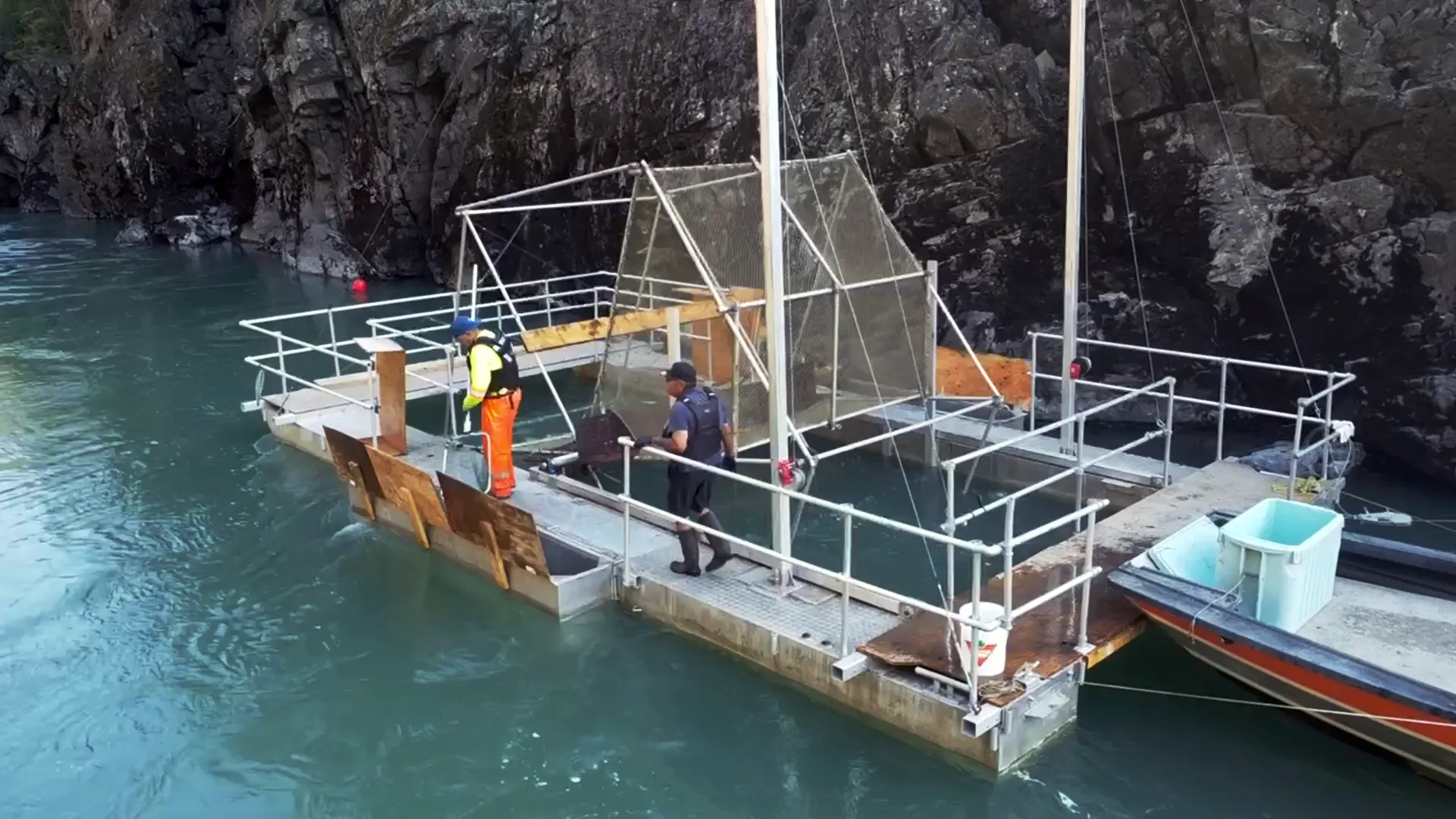
The Rise of First Nations Economic Fisheries
The growing role of First Nations fisheries and their impact on salmon management.
The final thing to note in reading the details of who caught what in the 2024 fishery, and how it compares to 1984, is the number of salmon harvested by a sector that didn’t exist in 1984: First Nations economic fisheries. These fisheries consist of salmon allocations transferred from the commercial sector and ‘Excess Salmon to Spawning Requirements’ (ESSR) fish that in the past would have been caught in coastal mixed stock fisheries. Today, managers curtail these mixed stock fisheries to protect weaker co-migrating stocks and species. The resulting surplus salmon of the abundant population is caught closer to its spawning grounds by First Nations in their traditional territories. Much of the ESSR catch is sold into international markets and has also been hit hard by the loss of B.C.’s MSC certification of sustainability.
Understanding 2024’s Improvements: Ocean Conditions and Management Changes
How ocean temperature trends, fish farm closures, and reduced Alaskan interceptions influenced salmon returns.
As I wrote at the beginning of this re-cap, 2024 returns generally showed some improvements over what we have seen in the past dozen years. We will see in Part Two of this re-cap that not all populations followed this trend, but enough did to suggest that improved productivity was likely tied to better ocean conditions and possibly reduced competition from Alaskan hatchery production in the marine environment (the Prince William Sound hatchery-based fishery was very poor in 2024).
We have observed the warmer anomalies in the eastern Pacific Ocean beginning around 2013 trend back towards the long-term average over the past couple of years. Cooler temperatures in this part of the Pacific tend to benefit B.C. salmon.
Improvements in some north coast returns are likely also the result of reduced Alaskan interceptions. In years when ocean temperatures are high, a larger proportion of our salmon tend to make landfall along the Alaskan panhandle, rendering them vulnerable to Alaskan interception. In cooler years, our fish tend to make a more southerly landfall, reducing their vulnerability.
On the South Coast, the Salish Sea appears to be very productive for coho and chinook populations. Improved conditions during salmon outmigration can have significant benefits for a salmon population’s overall survival rates. And the removal of the 40 fish farms off the northeast coast of Vancouver Island are likely tied to the substantial increase in salmon returns seen in the Mainland Inlets.
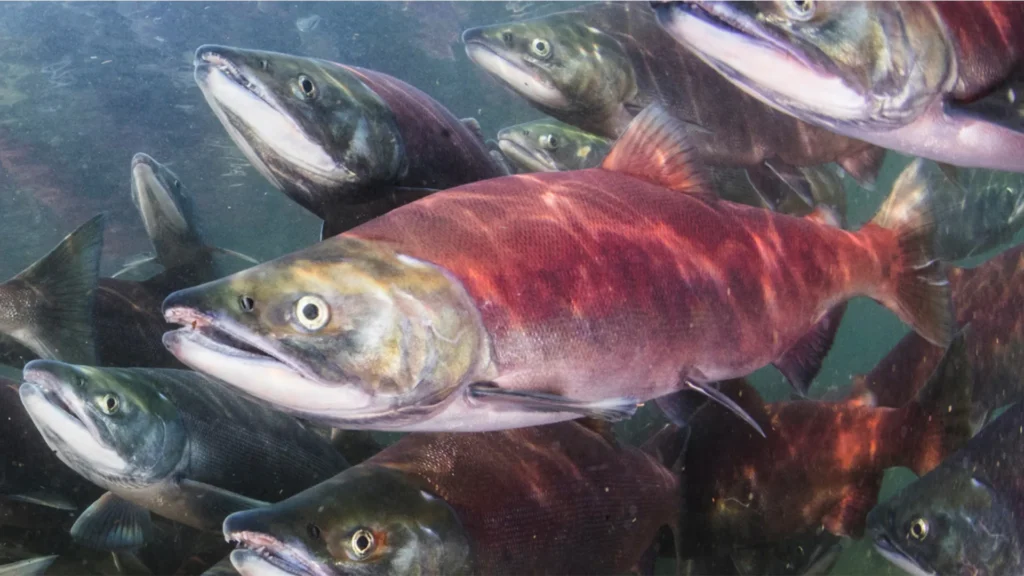
Looking Ahead: What to Expect in Part Two
Standby for Part Two of this re-cap where we will delve into individual fisheries and returns and provide a glimpse of what we might expect for 2025.
Take Action
Defend Skeena Salmon and Steelhead from Alaska Nets
Fisheries For The Future
Adapting to an uncertain future
Other News
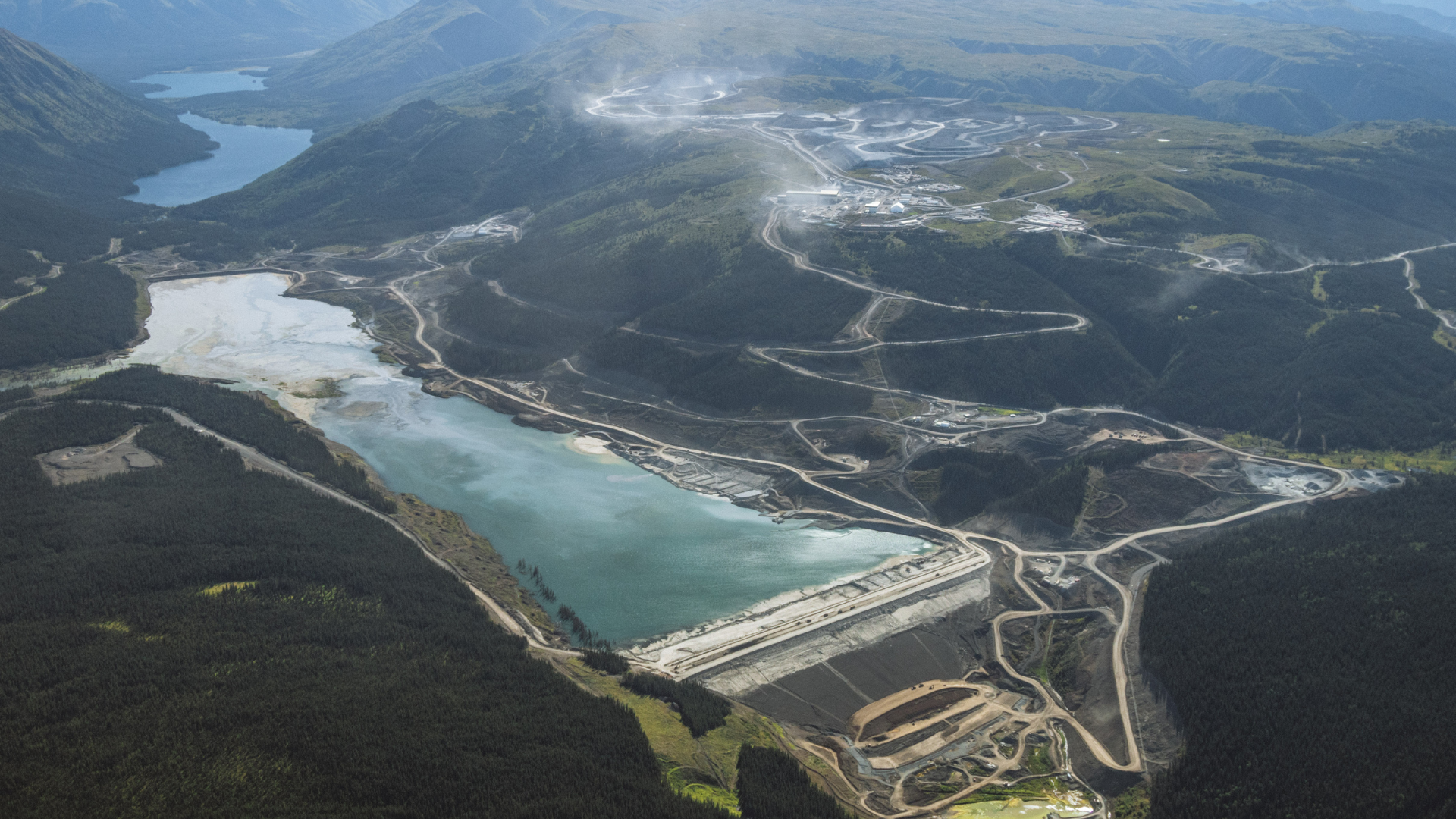
New Report Highlights Red Chris Mine’s Impacts and the Path to Responsible Mining in Northwest BC
SkeenaWild Conservation Trust’s independent investigative report illuminates key environmental concerns related to mining in northwest BC. The Red Chris Mine, an open pit copper-gold mine…
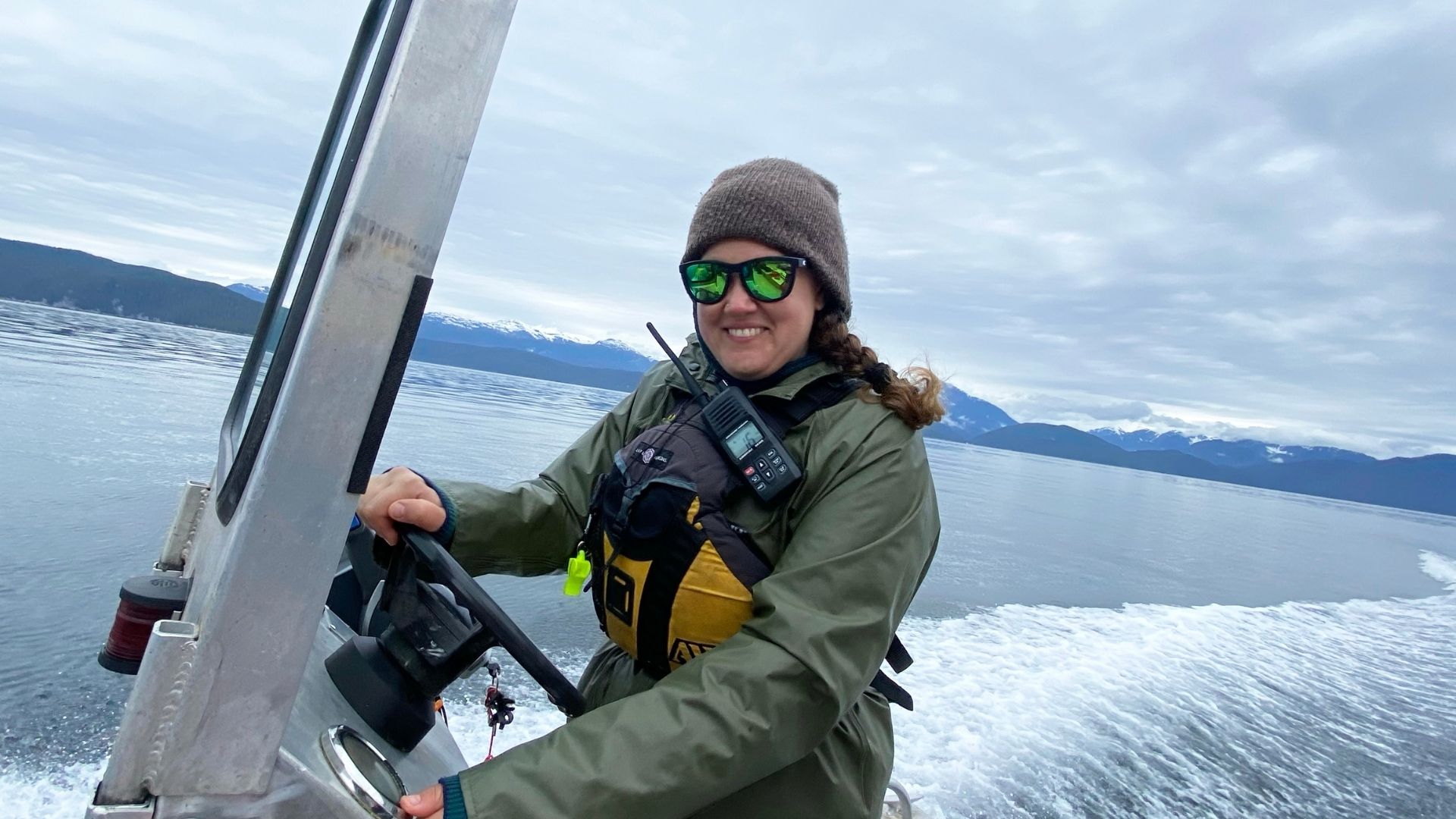
SkeenaWild Announces Julia Hill Sorochan as New Executive Director
SkeenaWild Conservation Trust is proud to introduce Julia Hill Sorochan as its new Executive Director. Following an extensive selection process by the Board of Trustees,…
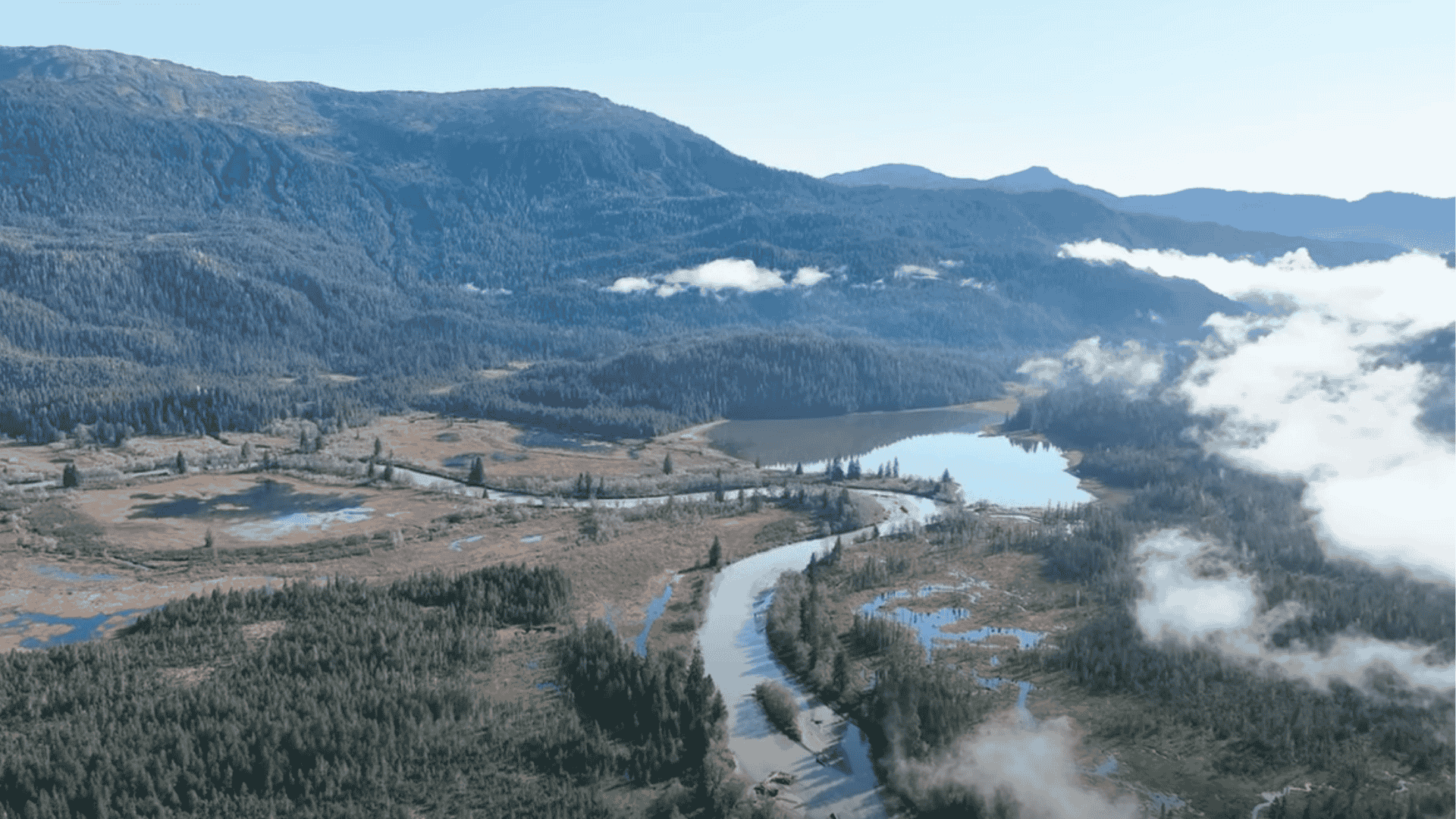
Ecstall River Monitoring Update
In early fall 2022, a massive landslide tore through the Ecstall River watershed, sending a wave of rock, debris, and sediment downstream. The slide reshaped…
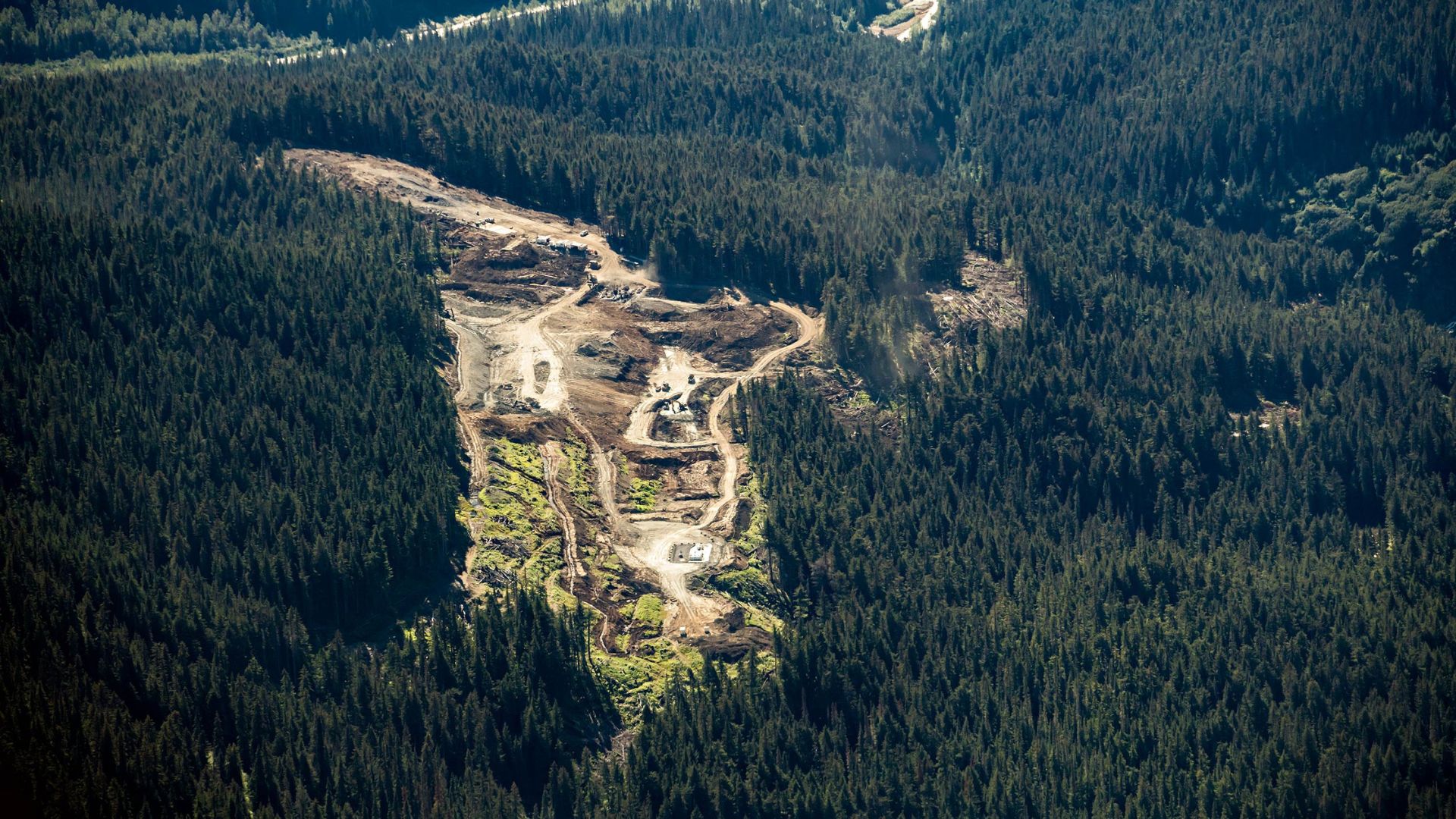
Addressing Seabridge Gold’s Misrepresentation of Key Facts
KSM Mine Update Addressing Seabridge Gold’s Misrepresentation of Key Facts Following The Legal Challenge Filed Against The BC Government’s Decision To Allow KSM Mine to…

New Report Highlights Red Chris Mine’s Impacts and the Path to Responsible Mining in Northwest BC
SkeenaWild Conservation Trust’s independent investigative report illuminates key environmental concerns related to mining in northwest BC. The Red Chris Mine, an open pit copper-gold mine…

SkeenaWild Announces Julia Hill Sorochan as New Executive Director
SkeenaWild Conservation Trust is proud to introduce Julia Hill Sorochan as its new Executive Director. Following an extensive selection process by the Board of Trustees,…

Ecstall River Monitoring Update
In early fall 2022, a massive landslide tore through the Ecstall River watershed, sending a wave of rock, debris, and sediment downstream. The slide reshaped…

Addressing Seabridge Gold’s Misrepresentation of Key Facts
KSM Mine Update Addressing Seabridge Gold’s Misrepresentation of Key Facts Following The Legal Challenge Filed Against The BC Government’s Decision To Allow KSM Mine to…